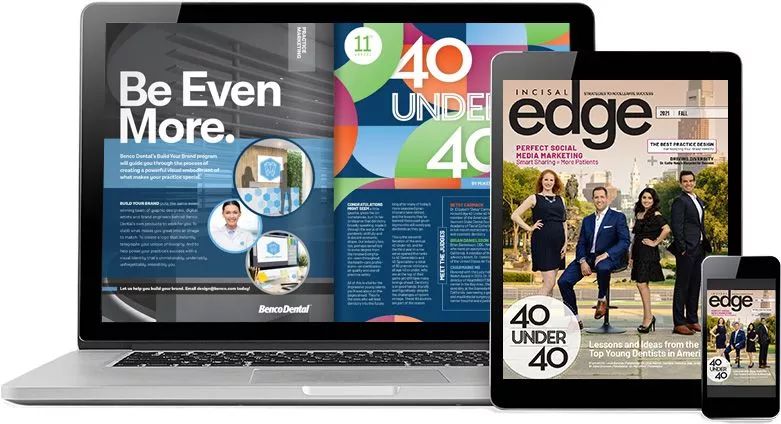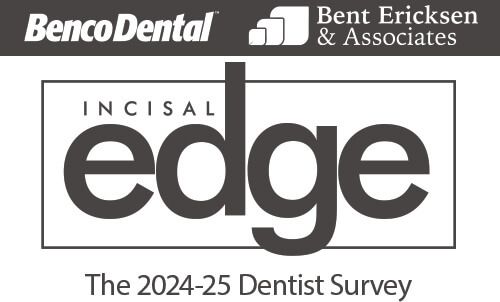
YOU’RE NOT IN THIS ALONE. Most small to midsize dental practices and clinics are fretting over hiring, retention, compensation and day-to-day HR management. What exactly are the biggest challenges for IDPs, and what can you do to make things better? After all, for many it’s a vicious cycle: Overburdened, understaffed practices affected by rising costs and lower reimbursements are doing the best they can but feel like they keep falling further behind on their goals.
That’s why we chose a deep dive into the “people side” for the return of Incisal Edge’s dentist survey following a frankly too-long hiatus. Now more than ever, we think our readers need to hear from colleagues and peers about where dentistry stands on important issues—and HR is high on the list. Case in point: A whopping 96 percent of survey participants said hiring is either very or somewhat difficult, which is far higher than we’ve seen in some other surveys.
For insights and advice, we turned to one of the most sought-after experts in dental human resources, who also helped us develop the survey. Tim Twigg, a noted speaker and thought leader, is president of Bent Ericksen & Associates, a leading developer of human resource management solutions for independent practices; Twigg himself has more than 35 years of practice management and business consulting experience. To ensure that our survey questions were genuinely probing and not leading, we also engaged two expert pollsters to consult during the survey design process; see “The Methodology,” page 51, for more information.
The Pollsters

Swati Dandekar
Incisal Edge enlisted the advice of two experienced consultants to help refine our questions and develop
the online survey component. Swati Dandekar is a former ambassador, state utility regulator and state legislator. She was appointed by Barack Obama and Senate-confirmed in 2016 as the U.S. executive director and ambassador to the Asian Development Bank. Today, her eponymous consultancy specializes in market research and strategic advising across a variety of sectors including energy, telecommunications and Asia/Pacific Rim development.

Gentry Collins
Gentry Collins is a partner at CAP Public Affairs, chief executive officer of the American Free Enterprise Chamber of Commerce and has served as a fellow at the University of Southern California’s Center for the Political Future. He was previously
national political director at the Republican Governors Association and Republican National Committee. Dandekar and Collins also work together as chairman and cofounder, respectively, at Bright Future Iowa, a bipartisan group that advocates for renewable energy.
The Methodology
We recruited participants via email using contact information from Benco Dental’s customer data to ensure that only verified email addresses would receive an invitation. We filtered out DSOs and very large group practices because they are more likely to have in-house human resources departments and therefore greater ability to address HR issues than smaller practices. However, we included a tranche of multi-location practices in our survey invitations to provide contrast between the smallest and largest respondents—see the participant breakdown at right.
The survey itself was anonymous and hosted separately from the Benco Dental and Incisal Edge websites by our survey partner, the HR firm Bent Ericksen & Associates, on its own company website. This helped ensure that response data could not be cross-referenced
and that all respondents’ identities would remain confidential unless they specifically opted in by providing their names and confirming their email addresses.
Not all respondents answered all questions, so any stated percentages are based on the slightly fluctuating total number of responses to each individual question. The graphs in this article depict the actual number of survey respondents for clarity, while the discussion expresses the results in percentages for comparability and proportional representation.
The Participants
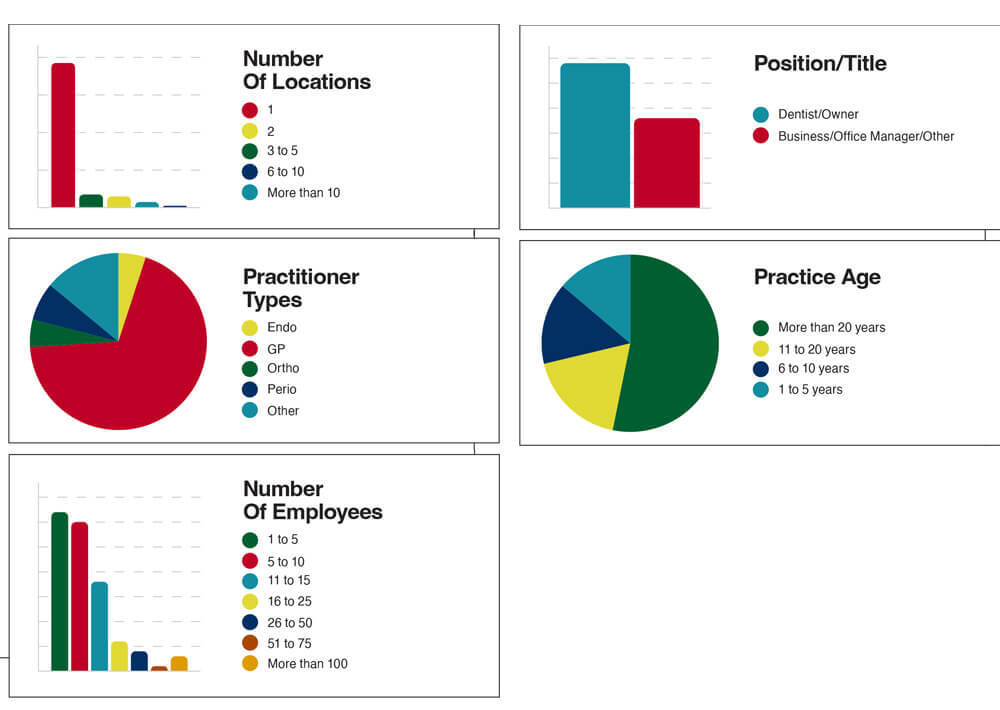
The Results
The 2024-25 Dentist Survey
1. How challenging is it for your practice to find qualified candidates for employment?
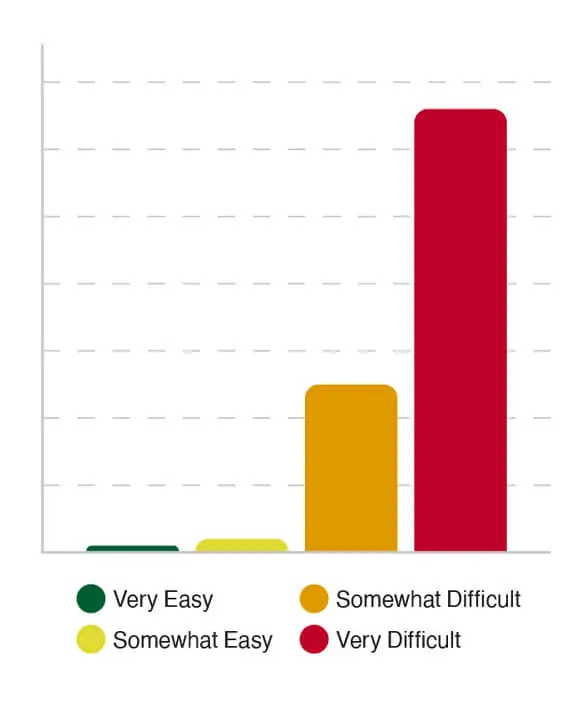
INCISAL EDGE SAYS: Yikes! This paints a significantly more troubling picture than the ADA Health Policy Institute’s 2023 data, not to mention some other data we’ve seen. Granted, the ADA’s survey sample size was larger than ours, but still: Only about 3 percent of our respondents say hiring is somewhat or very easy. Could things have gotten worse since 2023?
TIM TWIGG SAYS: These results are not surprising given how significant the supply-side shortage is in dentistry. Many positions require specific licenses and certifications, and currently there is a shortage of accredited programs to meet the demand. Many shut down during the pandemic and have yet to reopen. And the hurdles (costs, regulations, available educators, etc.) are significant. Unfortunately, we don’t see this supply-demand imbalance improving for several years.
2. Which benefit(s) does your practice currently offer its employees?
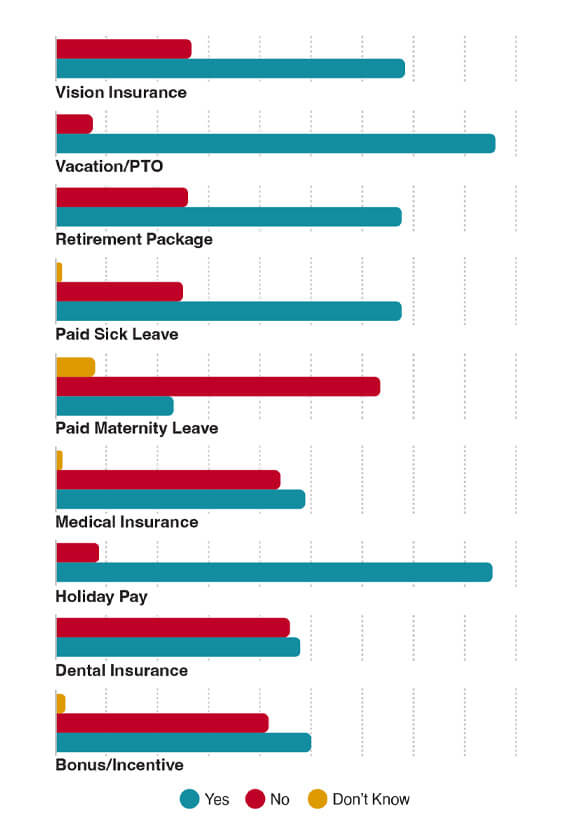
INCISAL EDGE SAYS: Pay attention to those blue lines. Excepting paid maternity leave, they indicate that a majority of popular benefits are offered by most practices responding to our survey. Depending on your market, it’s a good snapshot of what employees expect and what you’ll need to recruit and retain.
TIM TWIGG SAYS: Without a doubt, the type, kind and availability of benefits play a key role in attracting and retaining quality employees. Look beyond the basics and consider benefits like paying for professional association memberships. These don’t cost very much, communicate value and can easily set you apart from other practices.
3. What benefit(s) do you believe are most important in helping you find and retain good employees?

INCISAL EDGE SAYS: Responses to this open-ended question further reinforced employees’ desire for comprehensive benefits, and the need for employers to offer them. As you’d imagine, respondents tell us that higher wages and annual raises are key, with bonuses and profit sharing not far behind. As expected, benefits like medical insurance, 401(k) and PTO with holiday pay were said to be highly valued by candidates. But respondents also cite a positive and supportive culture, a lower-stress environment, flexible schedules and work-life balance as equally persuasive in helping to recruit. Interestingly, younger employees were said to value high wages over benefits, while parents placed more value on medical insurance.
TIM TWIGG SAYS: Again, the type, kind and availability of benefits are key for attracting and retaining quality employees. These need to be viewed simply as a cost of doing business. Be creative with cafeteria-type plans to accommodate differing generational priorities.
4. What is your current staff overhead percentage (all staff compensation plus payroll taxes and benefits)?
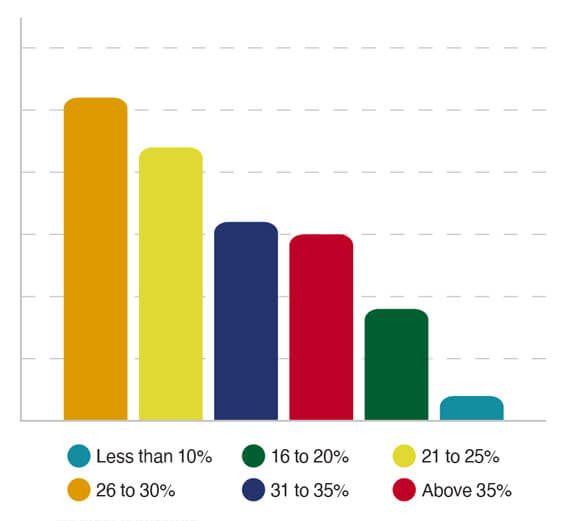
INCISAL EDGE SAYS: How would you like to be one of the practices with less than 10 percent overhead? Must be nice! But the majority are much higher, and 16 percent of those who answered this question contend with more than 35 percent overhead. Despite an improving economy, it’s still tough out there.
TIM TWIGG SAYS: A given practice’s staff overhead is a byproduct of many factors: the type of practice, size of the hygiene department, fees, insurance dependency, geographic, socioeconomic and cost-of-living factors and much more. When comparing them, it’s important to do an apples-to-apples comparison and then strategize ways to increase revenue without increasing overhead.
Some [prospective hires] want benefits; many want a higher hourly wage.”
5. How has your staff overhead percentage changed in the last two years?
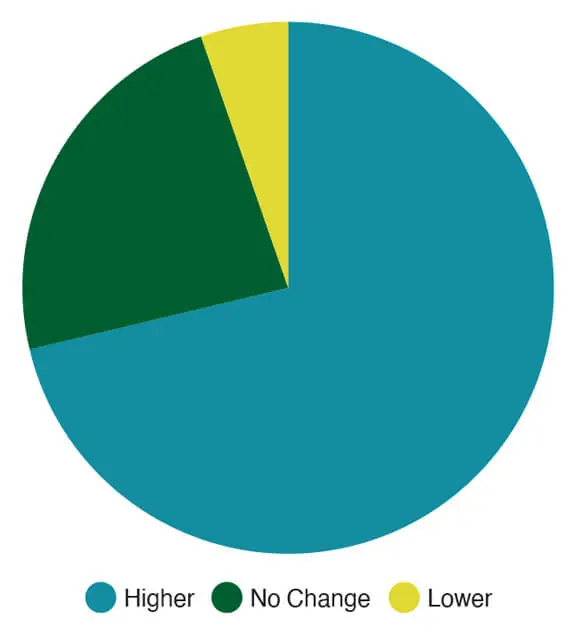
INCISAL EDGE SAYS: Over 71 percent of respondents reported that their overhead has increased in the last two years, while a minuscule 5 percent said it was lower.
TIM TWIGG SAYS: Increasing overhead is never fun. It’s important to remember, though, that dental practice owners have benefited for years from wage stagnation, with wages not keeping up with those of other health care workers or the economy as a whole. To help combat rising overhead, it’s important to regularly raise fees, engage in fee renegotiation and examine case and procedure time economic models (production per hour) to work smarter. You have more control over these factors than you think.
6. When hiring, how often do you do the following for each position?
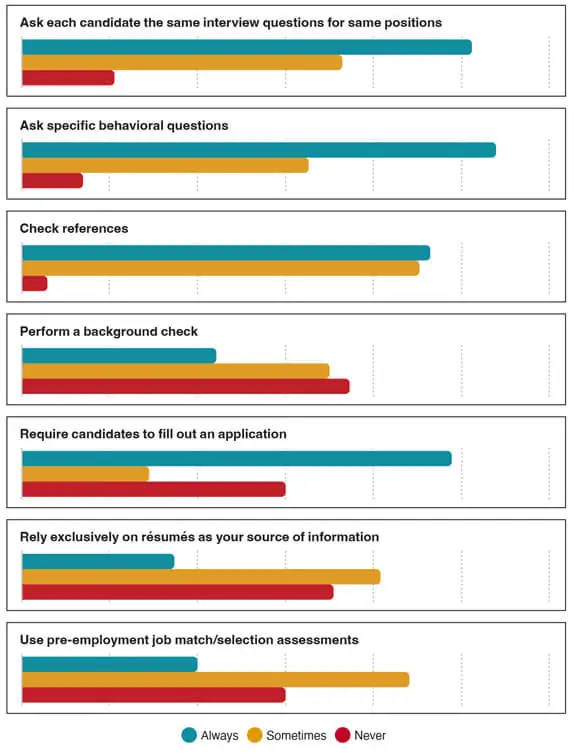
INCISAL EDGE SAYS: We’re rather taken aback that nearly 63 percent of respondents said they always or sometimes take résumés at face value. On the other hand, 96 percent said they always or sometimes check references.
The rest of the data suggest that many practices would benefit from standardizing procedures.
TIM TWIGG SAYS: Yes, this is scary. Statistically, 46 percent of all résumés contain incorrect, falsified, inaccurate or exaggerated information. Relying on them is a mistake. When you consider that 87 percent of people who quit are quitting because of personality conflicts and not capability, then incorporating pre-employment job match assessments is critical and has been shown to increase hiring success by 75 percent. Negligent hiring claims are on the rise, and employers leave themselves open to these claims by not performing adequate reference and background checking.
7. How stressful do you find the human resources and employee management side of your practice?
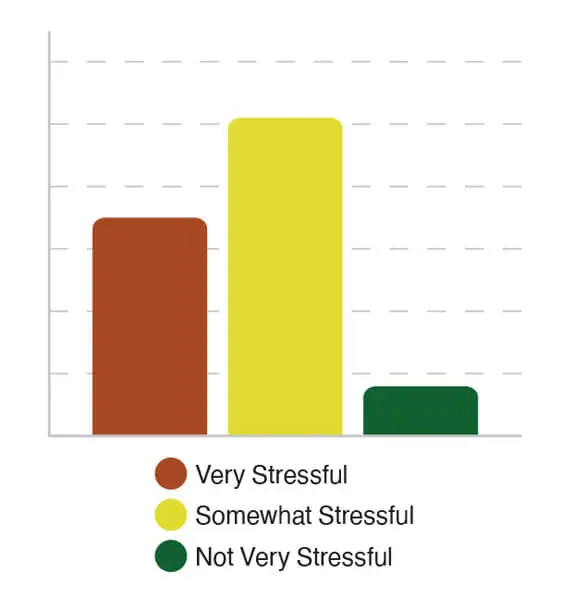
INCISAL EDGE SAYS: Over 91 percent of respondents found HR either very or somewhat stressful. That’s distressing, and it also feels unnecessarily high—until, perhaps, we look at the results of question No. 8. . . .
TIM TWIGG SAYS: This result is not surprising when you consider that most practices are out of their element when it comes to HR—they lack the necessary training, experience and expertise. It’s why HR specialists exist.
8. Whom do you call, or what primary resource do you use, for HR situations, questions or problems?
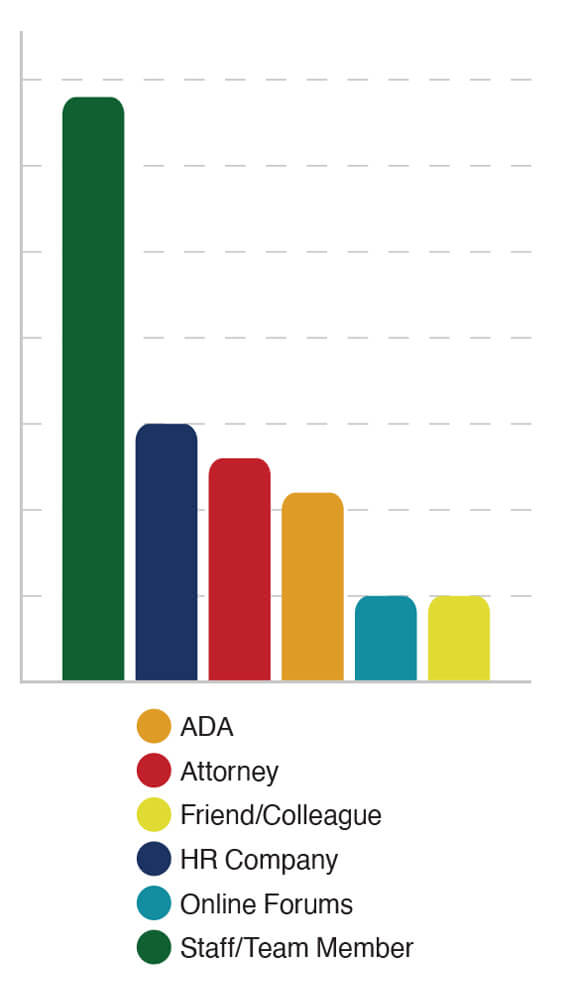
INCISAL EDGE SAYS: HR management is bound to be stressful when you’re primarily relying on friends, online forums or overburdened staff. Only 18 percent of respondents said they retain an outside HR firm.
TIM TWIGG SAYS: The DIY approach to HR is a recipe for stress and financial disaster. Over the last four years alone, there has been a 400 percent increase in HR-related regulatory requirements. Out-of-court settlements in health care now average some $40,000. And premiums for labor-related insurance now run higher than premiums for malpractice. Protecting the most important asset—the practice—needs to be a higher priority, and this often means enlisting expert outside help.
9. What is your biggest concern or challenge when it comes to dealing with employment issues in your practice?
INCISAL EDGE SAYS: Aside from the usual recruitment challenges, some of the biggest frustrations for respondents to this second open-ended question were candidates not showing up for interviews—or even for work after they’ve been hired. Competition from DSOs offering better benefits is also a problem for smaller practices.
TIM TWIGG SAYS: As motivational speaker and business coach Dan Clark says: “If they come for money, they will leave for money.” If you can’t pay huge salaries and offer every benefit available, you need to focus on culture and how you can invest in this candidate’s success. Make working for you more than just a paycheck. Statistics show that in so doing you’ll reduce turnover to the point where the financial impact is equal to the position’s annual salary.
We wear so many hats, and being a manager is the one that gets the least attention.”
10. Do you currently have a policy manual/employee handbook?

INCISAL EDGE SAYS: On one hand, it’s great that 85 percent of respondents say they have an employee handbook. On the other, everyone else is at increased risk, especially if they need to terminate someone, due to the lack of clear guidelines and documentation.
TIM TWIGG SAYS: This is encouraging and shows a majority of practices at least embrace the concept of having a policy manual in place. If we had a time machine and did this survey 15 years ago, I suspect the number would have been much lower.
11. When was your employee manual or handbook last reviewed or updated?
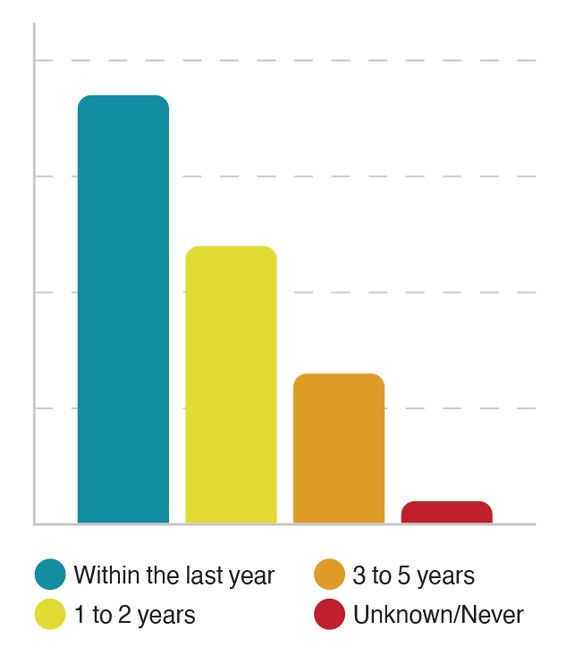
INCISAL EDGE SAYS: Most of our respondents who have a handbook have reviewed it relatively recently, but going three to five years or beyond is pushing it. In response to a follow-up question about who’s doing the reviewing, 60 percent of practices said they reviewed it themselves, while the remaining 40 percent engaged a lawyer, HR company or payroll company. Of those who did use a dedicated HR firm to review their handbook, 21 percent said it was reviewed by their firm in the last year, while 28 percent said it was reviewed in the last one to five years.
TIM TWIGG SAYS: Here is a hugely important nuance: Having a policy manual/employee handbook is helpful only if it’s accurate, compliant and up to date. Offices that self-update tend to have more errors and omissions. This means the manual becomes a liability and not an asset. The old expression is so true here: You don’t know what you don’t know.
12. Do you have updated job descriptions for each position/person in the practice?
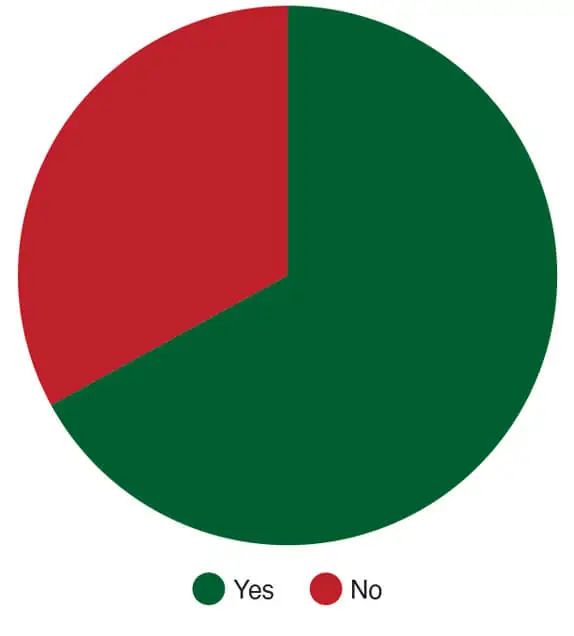
INCISAL EDGE SAYS: Without clear job descriptions, it’s more difficult to manage performance, protect the practice against legal challenges and keep morale high. The good news: In response to a follow-up, 58 percent of those with job descriptions say they’ve updated them within the last year. We then asked how often they’re updated to comply with the Americans with Disabilities Act. Worryingly, 33 percent said never or they didn’t know; 39 percent said within the last year, and the rest said one to five or more years.
TIM TWIGG SAYS: Job descriptions are the unsung hero in HR materials. This one document makes your life easier in writing job postings, creating interview questions, avoiding liability with job applicants, building efficient onboarding processes, managing performance and handling pregnancy or disability claims. As with policy manuals, job descriptions need to be properly written and up to date, and include skills and environmental requirements to assist in all these areas.
We need to do better as an employer to provide an environment that makes people want to work better and want to stay here. Not having the full ability from my doctor to do that and trying to encourage employees is really stressful.”
—Business manager/office manager
13. Do you have a signed policy manual/handbook acknowledgment form from every employee?
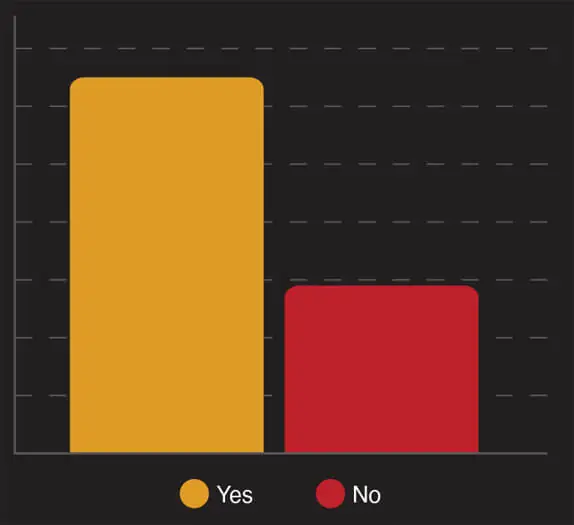
INCISAL EDGE SAYS: A lot of practices do, but 30 percent of respondents say they don’t. That feels like a lot for something so simple, especially if a practice has already done the hard part (or hired it out), which is creating an employee manual in the first place. (As for going the extra step and requiring a signed employment agreement, only 55 percent told us they do.)
TIM TWIGG SAYS: For the practices that are already doing this standard HR step, way to go! For the others, this is low-
hanging fruit that is extremely easy to pick. Without this document, anything in your policy manual becomes he-said, she-said. Give yourself a big, strong leg to stand on and implement this right now.
14. How much are you spending on HR and employment compliance service and support per year?
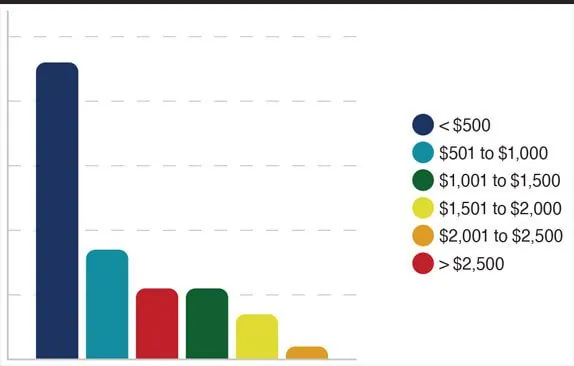
INCISAL EDGE SAYS: According to Gartner, small businesses spend around 0.74 percent of their revenue on HR. That’s among the lowest investments of all support functions they tracked. Even on the high side, our survey respondents are spending less than some people spend on lawn maintenance for their house every year. Could upping that investment potentially ease some of the hiring, compliance and risk-related stress they report feeling?
TIM TWIGG SAYS: Considering the current labor market in dentistry, the regulatory environment at the state and federal
levels, plus the inability to operate a dental practice without quality team members, these results indicate a major imbalance. While every practice owner might want the HR tasks to go away, business owners have responsibilities to their employees to follow the law, treat people fairly and do the right thing. As Brené Brown says: “We don’t have to do it all alone. We were never meant to.” Most dentists already seek help with marketing, taxes and technology. HR should be no exception.



